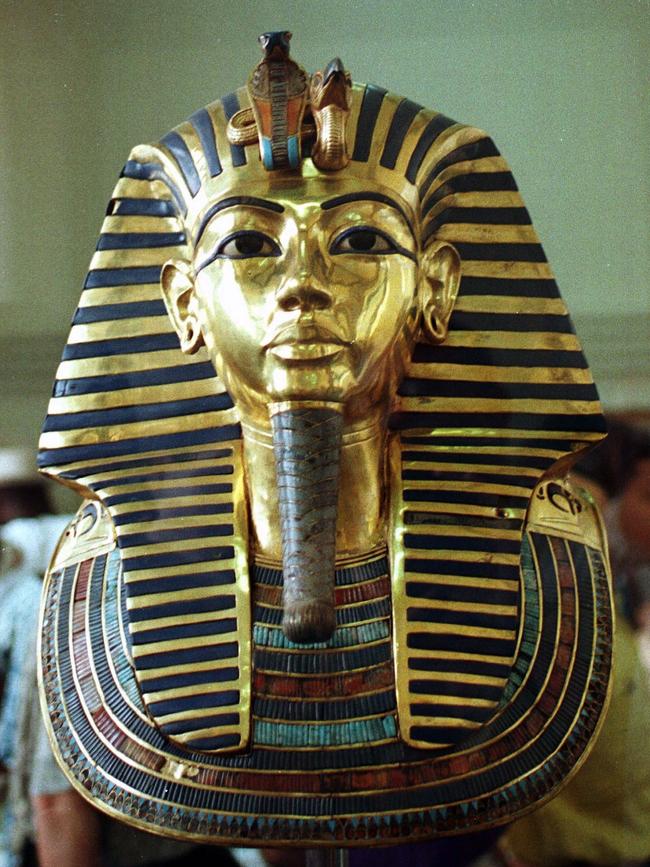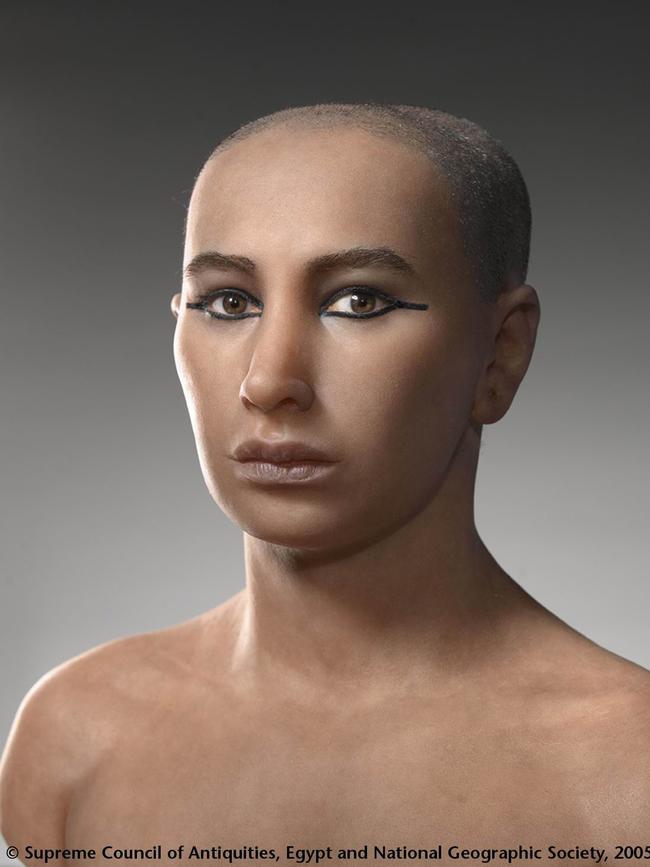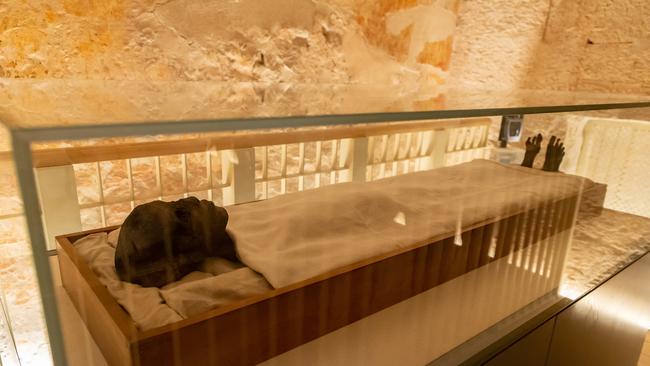3300-year mystery of King Tutankhamun’s death finally solved
Scientists have reportedly finally solved a huge Egyptian pharaoh King Tutankhamun which has baffled experts for more than a century.
The mystery of what killed King Tutankhamun may finally be solved — after scientists unearthed groundbreaking DNA evidence.
The young pharaoh’s untimely death at just 18 has baffled experts for over a century.
But now, cutting-edge genetic research has uncovered the strongest clues yet as to what brought his short life and reign to an end.
A team of scientists from Egypt’s National Research Centre and Cairo University, working with two German DNA experts, examined tissue samples from several royal mummies, including Tutankhamun himself.
Their bombshell findings suggest the teenage ruler was killed by a deadly combination of malaria and health problems linked to royal inbreeding.
Tim Batty, a general manager of the Tutankhamun Exhibition, hailed the results as “another piece of the great jigsaw” in the story of Egypt’s most famous pharaoh.


King Tut suffered from necrosis in his left foot, DNA tests show.
He was likely reliant on walking canes, many of which were found in his tomb.
Combined with malaria, which in ancient times was often fatal, researchers now believe this double blow is what led to his death.
The study also helped map out Tutankhamun’s troubled family tree.
DNA evidence links his grandparents to Pharaoh Amenhotep III and Queen Tiye – but the identity of his parents remains partly shrouded in mystery.
Clues point to the mummy found in tomb KV55 — believed to be the controversial pharaoh Akhenaten — as his father, and possibly Akhenaten’s own sister as his mother.
Experts say this royal inbreeding likely caused King Tut’s frail health.
DNA shows his parents were siblings, or at lease very close relatives – a common practice in ancient Egypt.

More than 5,000 treasures were found buried with him, including medicine and walking sticks, hinting at a life plagued by illness.
The DNA findings, first published in the Journal of the American Medical Association, have sparked fresh debate among Egyptologists.
While some experts support the theory of sibling parents, others believe King Tut’s mother may have been Nefertiti, Akhenaten’s cousin and chief wife.
Still, the new research adds powerful scientific weight to what was once only speculation.
It may not end the mystery entirely, but it brings us closer than ever to the truth behind the tragic death of the boy king.
The results are now on display at the Tutankhamun Exhibition in Dorchester, where visitors can explore the latest findings up close.
Staff say interest in the young pharaoh’s story has soared since the announcement, with many eager to learn how science is finally unlocking ancient secrets.
“This is something people have been wondering about for over 100 years,” said Batty.
“Now we’re starting to get real answers, and that’s incredibly exciting.”
This story first appeared in The Sun and was republished with permission.
Originally published as 3300-year mystery of King Tutankhamun’s death finally solved




